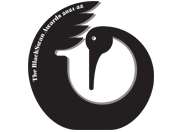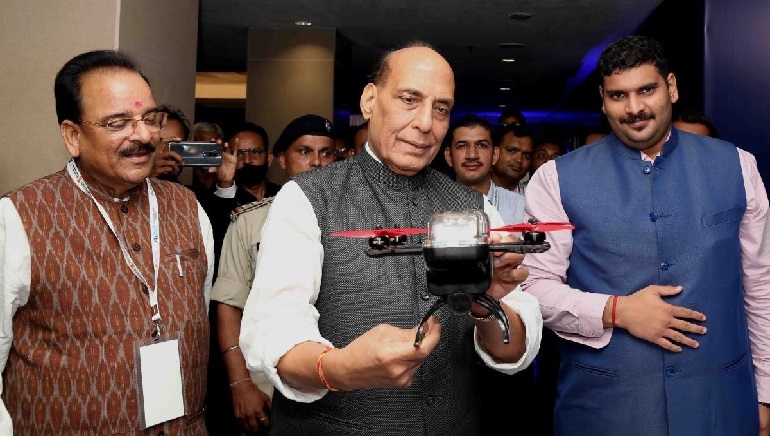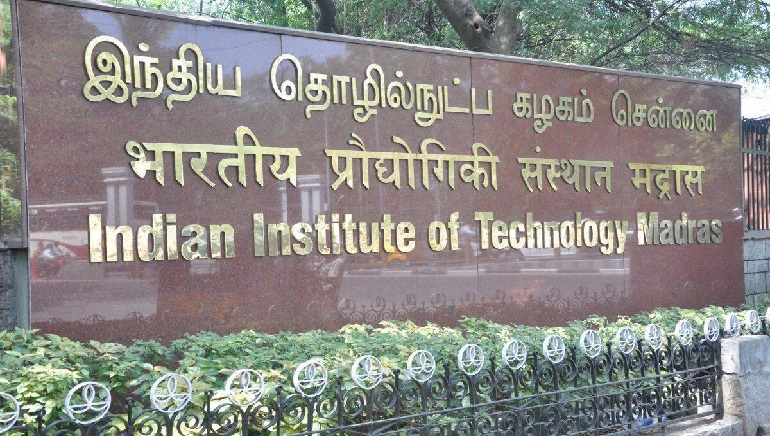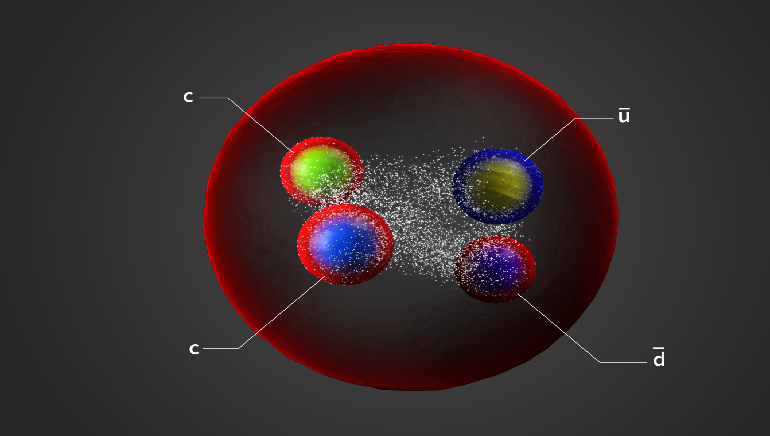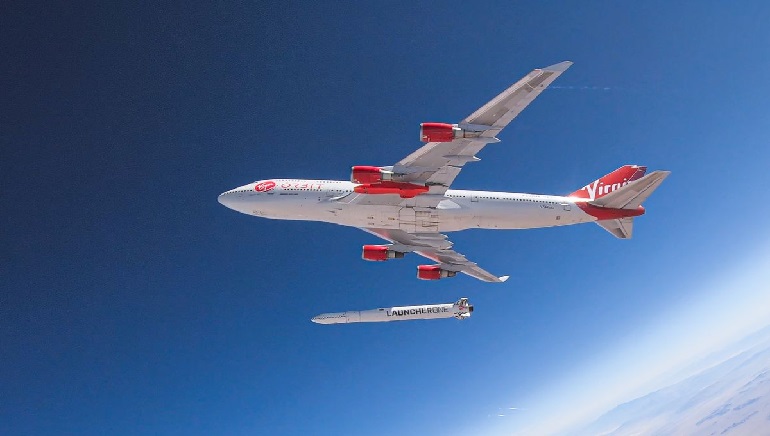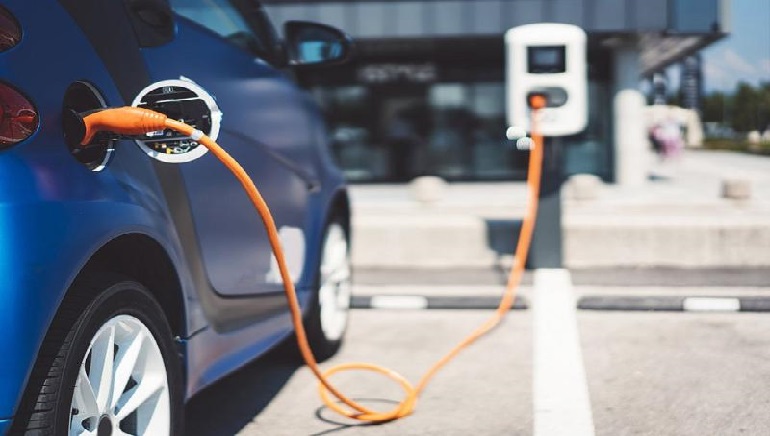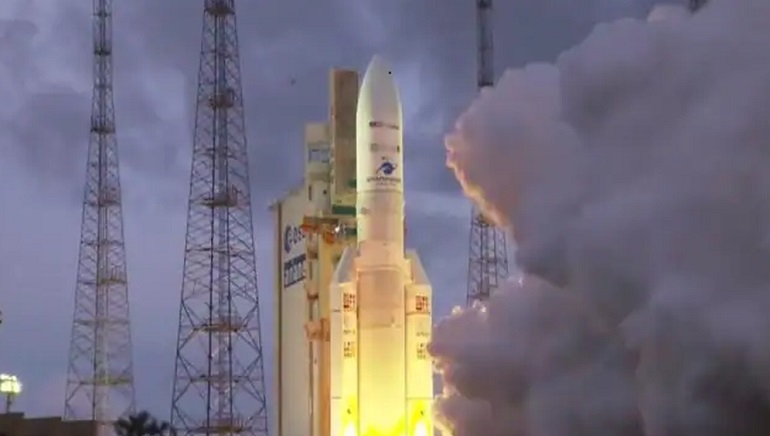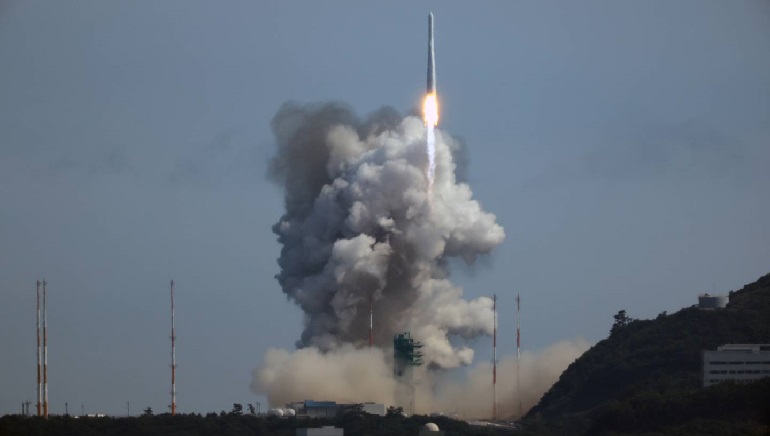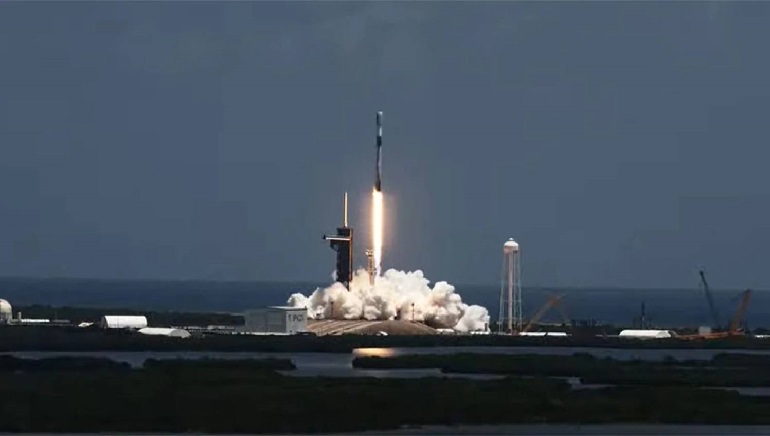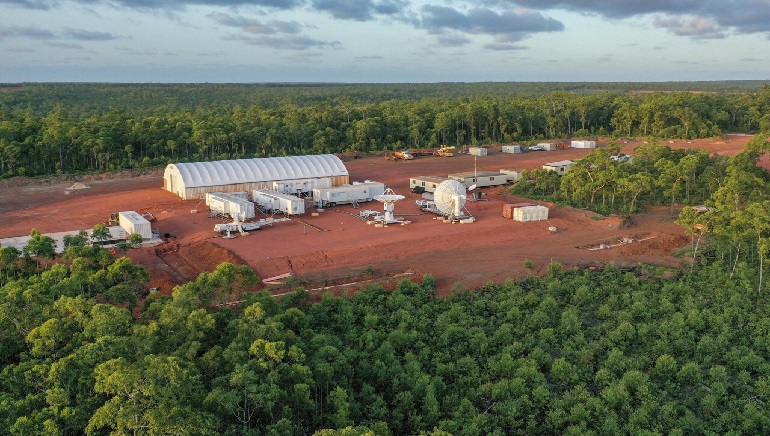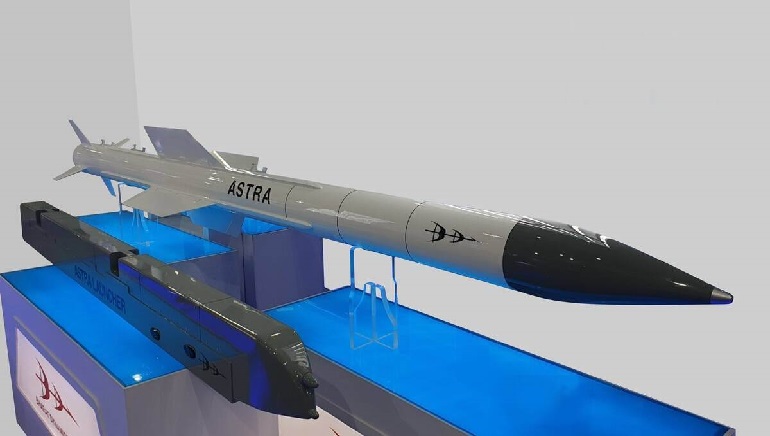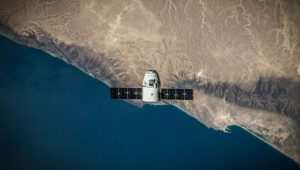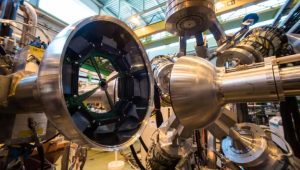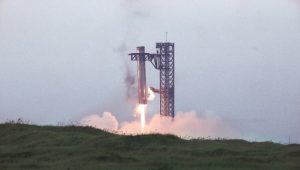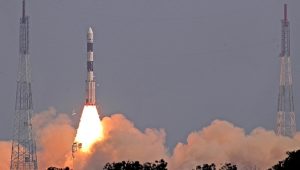On Monday, Union Defense Minister Rajnath Singh launched the 75th newly developed Artificial Intelligence technologies in the first-ever ‘Al in Defense’. The AiDef symposium and exhibition were a part ‘Azadi ka Amrit Mahotsav’ celebration which was organized by the Ministery of Defense in New Delhi.
According to the government release, the celebration falls under multiple domains including Ai Platform Automation; Autonomous/Unmanned/Robotics system; Command; Block Chain-based Automation; Control, Communication, Computer & Intelligence, Cyber Security, Surveillance and Reconnaissance; Human Behavioural Analysis; Lethal Autonomous Weapon System; Intelligence Monitoring Systems; Logistics and Supply Chain Management; Manufacturing and Maintenance; Operational Data Analytics; speech/voice analysis using Natural Language Processing.
As part of Raksha Mantri’s release of the book containing details of the 75 products, the Physical as well as the E-version shows the collective efforts put by the Services, Defence Research and Development Organization (DRDO), Defence Public Sector Undertakings (DPSUs), and the private sector in the area of AI over the past four years. Rajnath Singh recognized that AI represents a radical step forward in human development; a sign that we are the most advanced creatures in the universe.
Singh also appreciated that the Ministry of Defence, Armed Forces, the Defense Research and Development Organization (DRDO), and the Defense Public Sector Undertakings are developing innovative and indigenous AI solutions.




